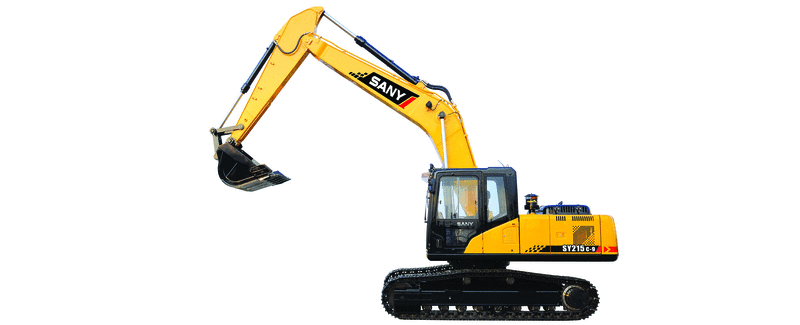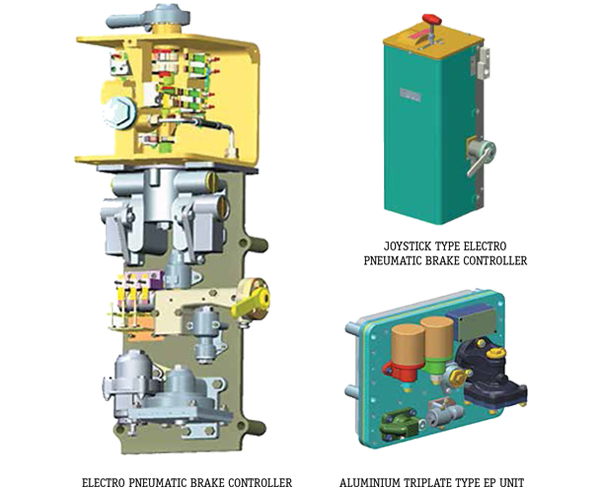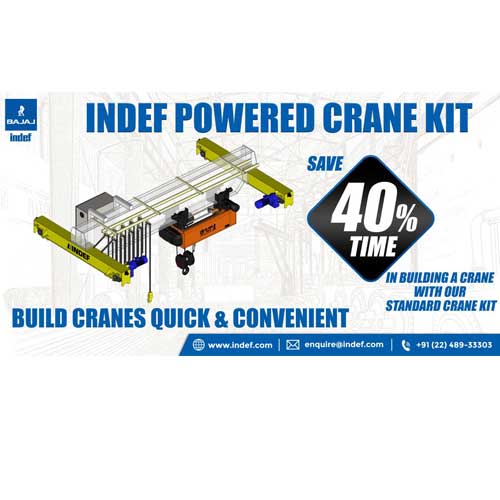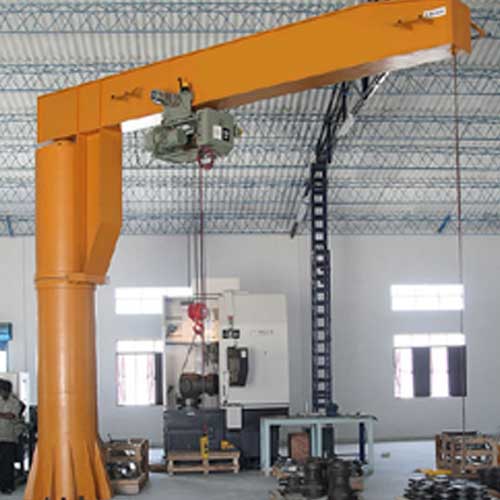Schedule a Call Back
Excavators to march ahead on infrastructure demand
 Articles
Articles- Jul 01,19

Related Stories

Revenues of India’s Top Defence Firms Rise 8.2%: SIPRI
SIPRI says HAL, BEL and MDSL posted combined arms revenues of $7.5 billion.
Read more
Study Warns High Aluminium Costs Could Hurt India’s Manufacturing Goals
Report says rising input costs and duty structure risk slowing aluminium-driven growth.
Read more
EFTA Commits $100 Billion Investment in India: Goyal
Goyal says EFTA to invest $100 billion in India’s innovation and manufacturing.
Read moreRelated Products

Electro - Pneumatic Brake System for Emu
Escorts Kubota Limited offers a wide range of electro - pneumatic brake system for EMU.

Indef Powered Crane Kit
Hercules Hoists Ltd offers a wide range of Indef powered crane kit.

Jib Crane
DC Hoist & Instruments Pvt Ltd offers a wide range of Jib crane.












